The habitat that the
Solano Open Space provides is a key consideration in the
preservation of this land. The area is home to many rare and
endangered species as well as a variety of more common plant and
animal specimens. The following guide can help you know what to look
for when you visit.
|
|
|
Native Plants -
GRASSES |
|
|
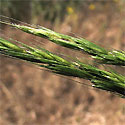 |
Blue wild-rye
(Elymus glaucus) |
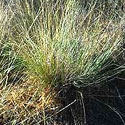 |
|
|
Bunchgrass |
|
|
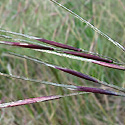 |
Purple needlegrass
(Nassella pulchra) |
|
|
|
|
|
|
|
Native Plants - TREES |
|
|
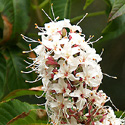 |
California Buckeye
(Aesculus californica)
blooms May to June |
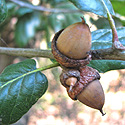 |
|
|
Coast live oak
(Quercus agrifolia)
blooms March to April |
|
|
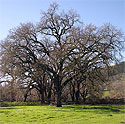 |
Valley Oak
(Quercus lobata) |
 |
|
|
|
|
|
|
Native Plants -
WILDFLOWERS |
|
|
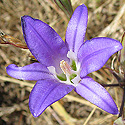 |
Brodiaea
(Brodiaea californica ssp. leptandra)
blooms April to June |
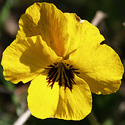 |
|
|
California Golden Violet
or Johnny Jump-up
(Viola pedunculata)
blooms February to April |
|
|
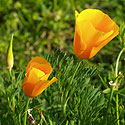 |
California Poppy
(Eschscholzia californica)
blooms February-September,
peaking in early Spring |
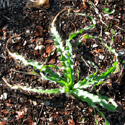 |
|
|
Dwarf Soaproot
(Chlorogalum pomeridianum var. minus)
CNPS*:
Rare or Endangered
blooms May to August |
|
|
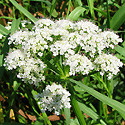 |
Gairdner’s Yampah
(Perideridia gairdneri)
CNPS*:
on Watch List
blooms June to August |
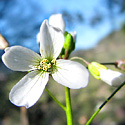 |
|
|
Milkmaids
(Cardamine californica)
blooms February to May |
|
|
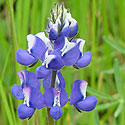 |
Sky Lupine
(Lupinus nanus)
blooms April to May |
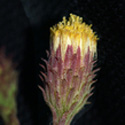 |
|
|
Streamside daisy
(Erigeron biolettii)
CNPS*:
Rare
blooms June to September |
|
|
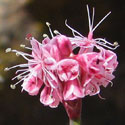 |
Tiburon buckwheat
(Eriogonum luteolum var. caninum)
CNPS*:
on Review List |
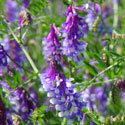 |
|
|
Tufted Vetch
(Vicia cracca)
blooms April to July |
|
|
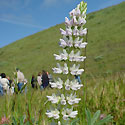 |
White Lupine
(Lupinus albus)
blooms April to May |
 |
|
|
Yarrow
(Achillea millefolium)
blooms March to September |
|
|
*
California Native Plant Society |
|
|
Wildlife - BIRDS |
|
|
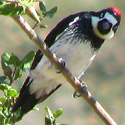 |
Acorn Woodpecker
(Melanerpes formicivorus)
seen year-round in oak woodlands |
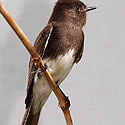 |
|
|
Black Phoebe
(Sayornis nigricans)
seen year-round, often near water |
|
|
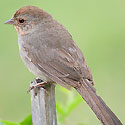 |
California Towhee
(Pipilo crissalis)
seen year-round on the ground and near bushes |
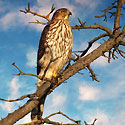 |
|
|
Cooper's hawk
(Accipiter cooperii)
seen year-round near woodlands |
|
|
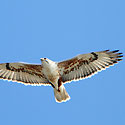 |
Ferruginous hawk
(Buteo regalis)
State: Special Concern
seen during winter months in areas with scattered
trees |
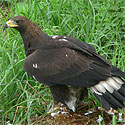 |
|
|
Golden eagle
(Aquila chrysaetos)
Federal & State: Fully Protected
seen year-round in areas with scattered trees |
|
|
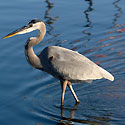 |
Great Blue Heron
(Ardea herodias)
seen year-round in marshy or other areas near water |
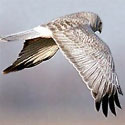 |
|
|
Northern Harrier
(Circus cyaneus)
year-round in open grasslands or marshes |
|
|
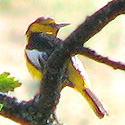 |
Bullock's Oriole
(Icterus bullockii)
seen in summer months in riparian and open woodlands |
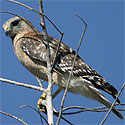 |
|
|
Red-shouldered hawk
(Buteo lineatus)
seen year-round in woodlands near water |
|
|
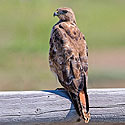 |
Red-tailed hawk
(Buteo jamaicensis)
seen year-round in areas with scattered trees |
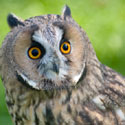 |
|
|
Short-eared owl
(Asio flammeus)
often seen during winter months
in open grasslands |
|
|
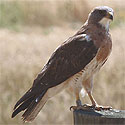 |
Swainson’s hawk
(Buteo swainsoni)
State: Threatened
April-September in areas with scattered trees, usually in the early
morning or evening |
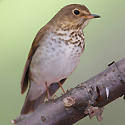 |
|
|
Swainson's thrush
(Catharus ustulatus)
primarily seen in summer months
in riparian woodlands |
|
|
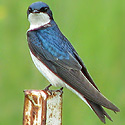 |
Tree Swallow
(Tachycineta bicolor)
primarily seen in summer months near water |
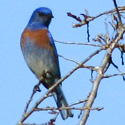 |
|
|
Western bluebird
(Sialia mexicana)
seen year-round in wooded areas |
|
|
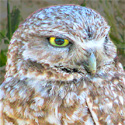 |
Western burrowing owl
(Athene cunicularia)
State: Special Concern
primarily during the summer months in grasslands |
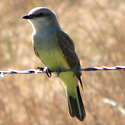 |
|
|
Western king bird
(Tyrannus verticalis)
usually during summer months
near shrubs and trees |
|
|
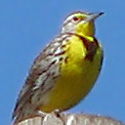 |
Western Meadowlark
(Sturnella neglecta)
seen year-round in grasslands |
 |
|
|
|
|
|
|
Wildlife - MAMMALS |
|
|
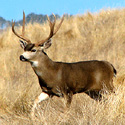 |
Black-tailed deer
(Odocoileus hemionus columbianus)
most active at dawn and dusk |
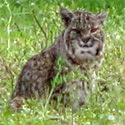 |
|
|
Bobcat
(Lynx rufus)
primarily nocturnal |
|
|
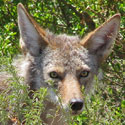 |
Coyote
(Canis latrans)
primarily nocturnal but often seen during the day |
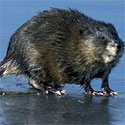 |
|
|
Muskrat
(Ondatra zibethicus)
most likely seen at dawn and dusk |
|
|
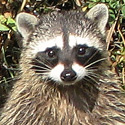 |
Raccoon
(Procyon lotor)
primarily nocturnal |
 |
|
|
|
|
|
|
Wildlife - REPTILES &
AMPHIBIANS |
|
|
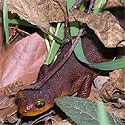 |
California newt
or Orange-bellied newt
(Taricha torosa)
State: Special Concern
usually seen near or in water December to March |
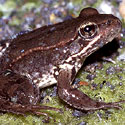 |
|
|
California red-legged
frog
(Rana draytonii)
Federal: Threatened
State: Special Concern
primarily nocturnal, most likely seen November to
March near or in streams or riparian vegetation |
|
|
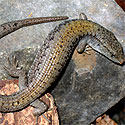 |
Northern Alligator
Lizard
(Elgaria coerulea)
primarily diurnal, prefers cool moist areas under brush, rocks, or
other debris; hibernates in winter |
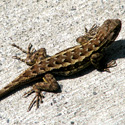 |
|
|
Western fence lizard
(Sceloporus occidentalis)
primarily diurnal, often seen sunning itself on rocks
or other exposed areas; hibernates in winter |
|
|
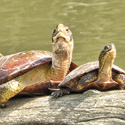 |
Western pond turtle
(Actinemys marmorata)
State: Special Concern
seen sunning around or in water, but hide
quickly when approached |
 |
|
|
|
|
|
|
Wildlife - INSECTS |
|
|
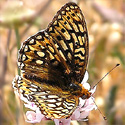 |
Callippe silverspot
butterfly
(Speyeria callippe callippe)
Federal: Endangered
seen mid-May to late July, on or near the California Golden Violet
(Johnny Jump-up) |
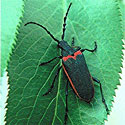 |
|
|
Valley Elderberry
Longhorn Beetle
(Desmocerus californicus dimorphus)
Federal:
Threatened Species
seen March to June, on or near red
or blue elderberry bushes |
|
|
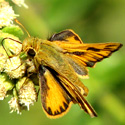 |
Woodland Skipper or Napa
Skipper
(Ochlodes sylvanoides or Ochlodes sylvanoides napa)
seen late July to October, peaking in August |
|
|
|
|
|
|
|
 |







